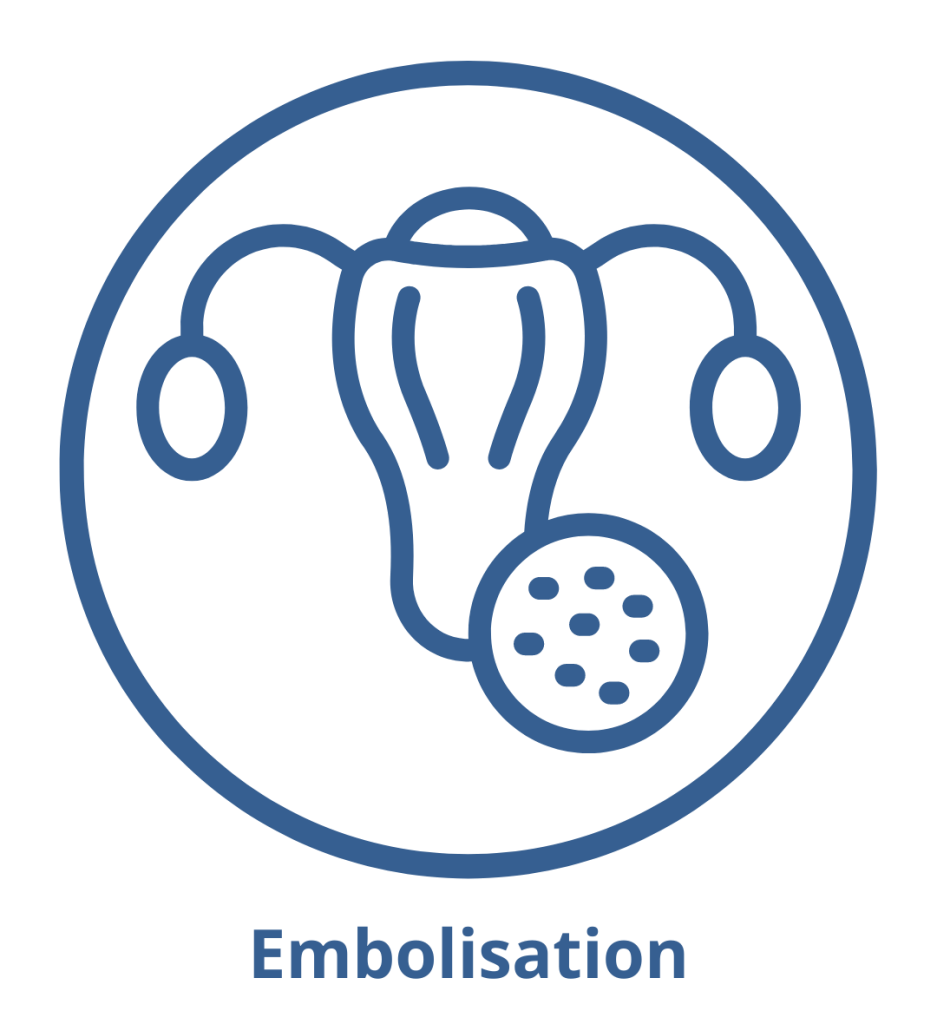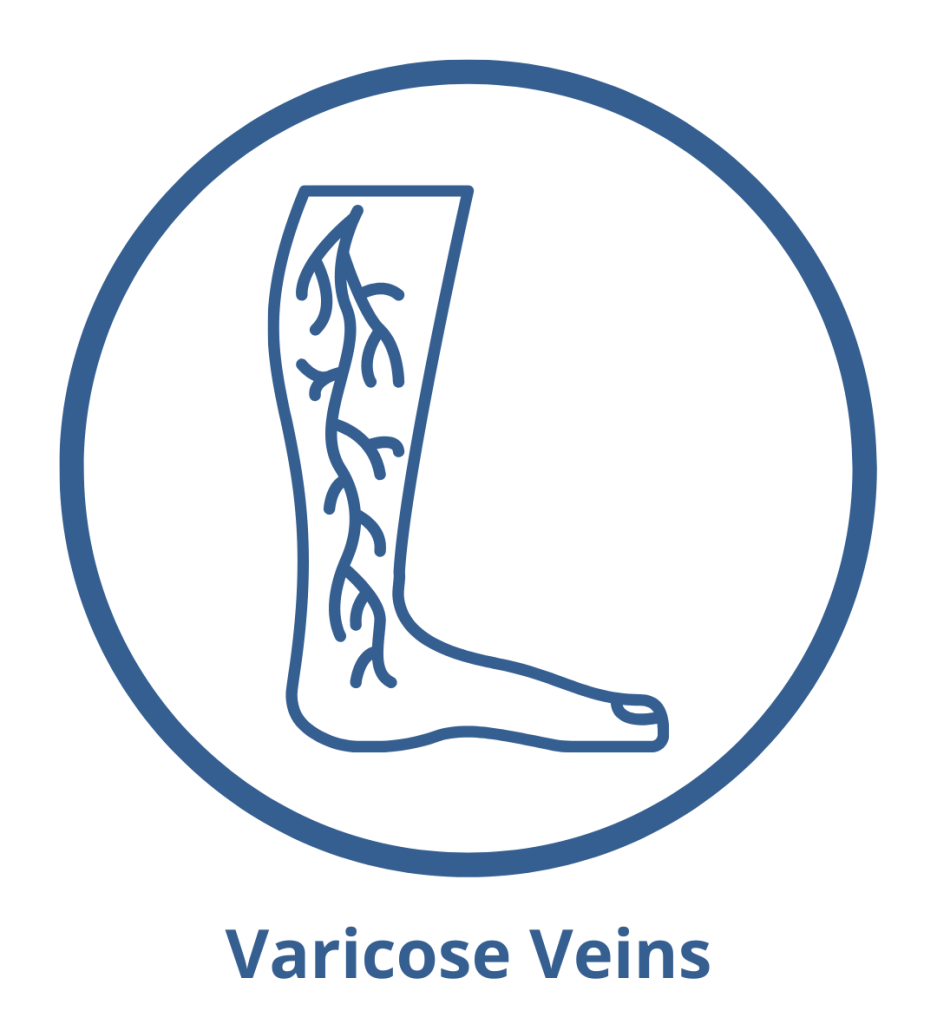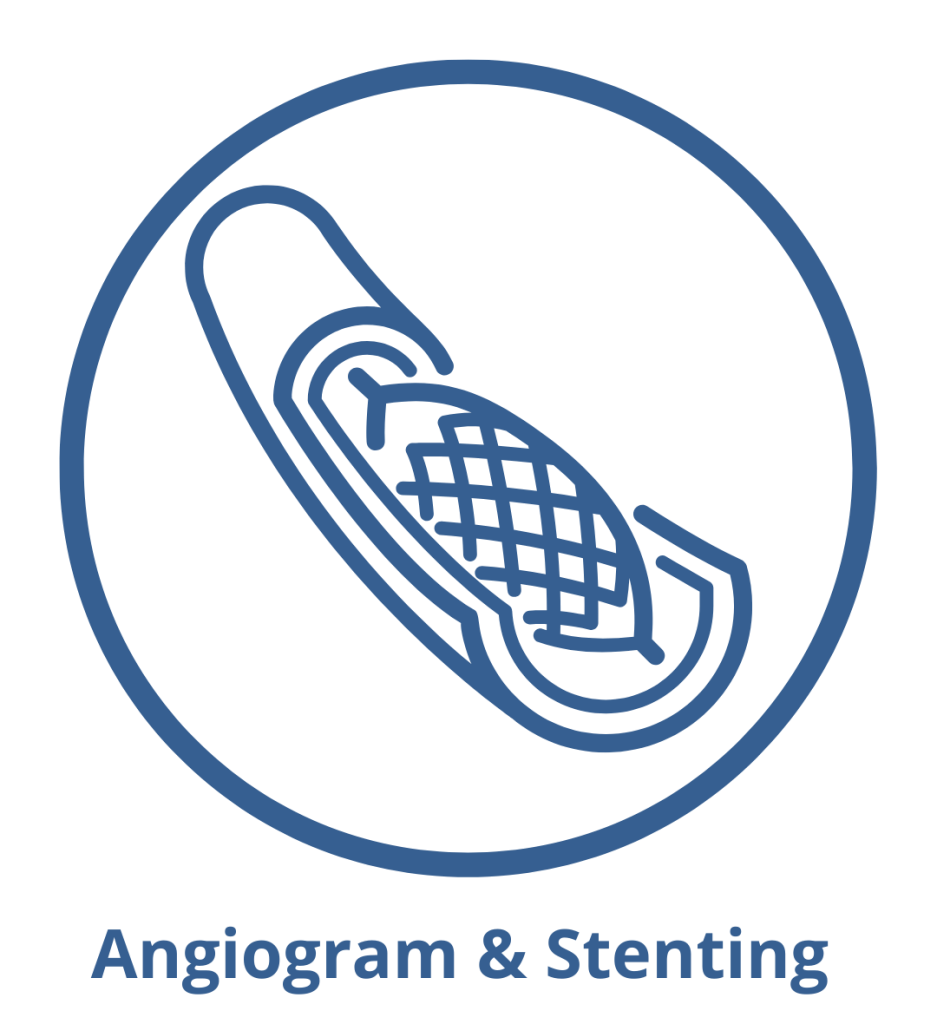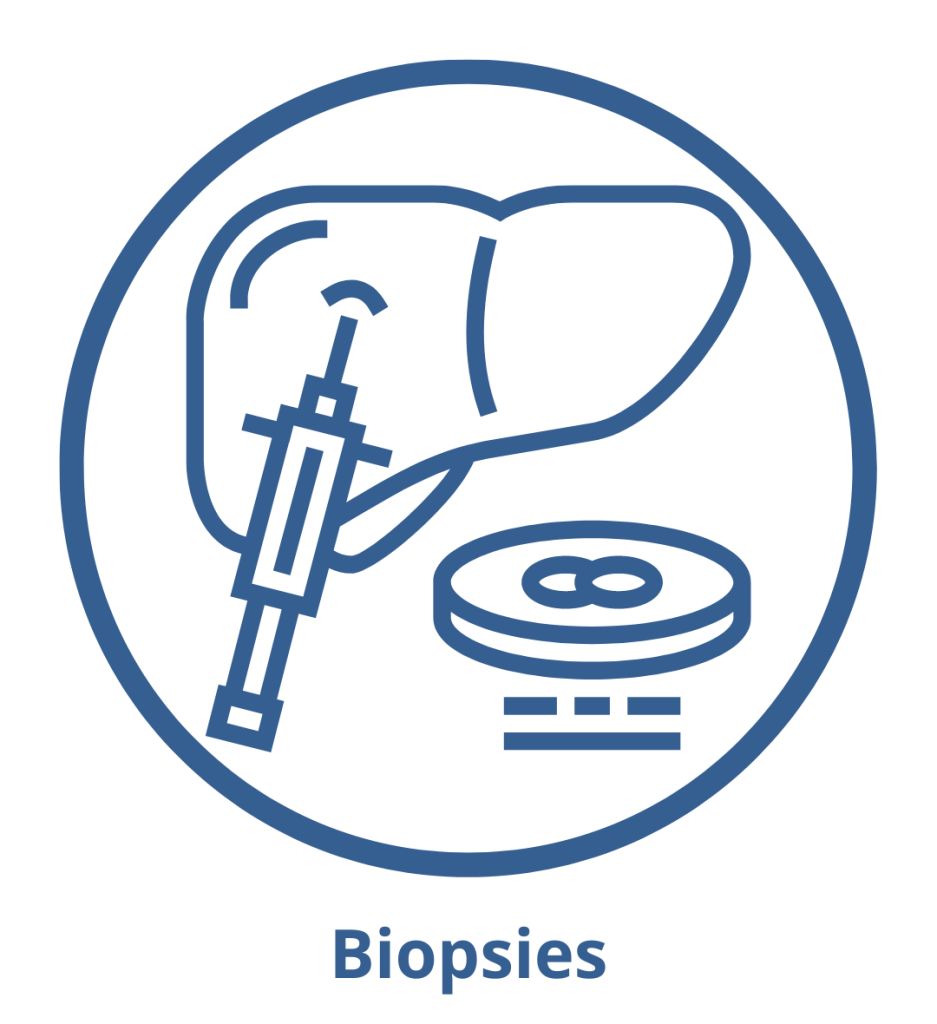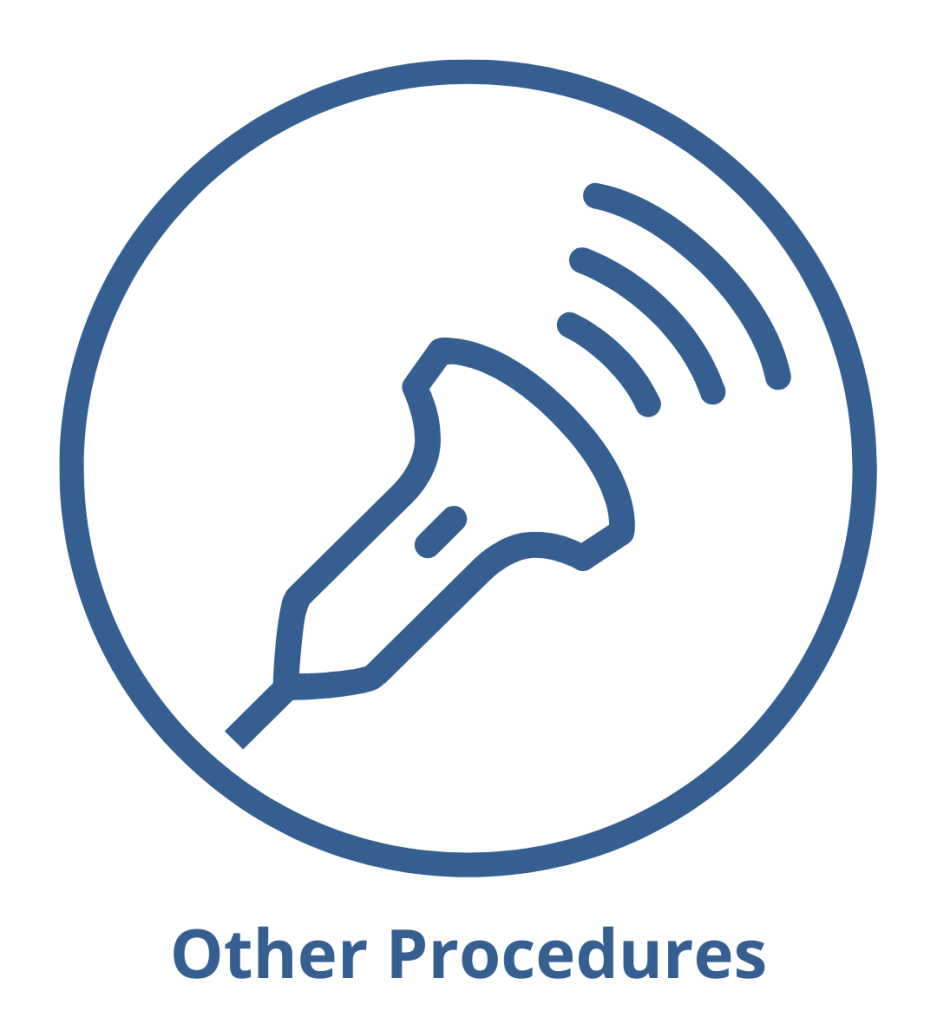Procedures
Interventional Radiology Procedures
Interventional Radiology (IR) is a subspecialty of radiology which combines imaging with minimally invasive procedures. The interventional radiologist is a trained physician specialised in targeting treatment using image modalities such as X-ray, ultrasound and CT for guidance.
At MIVIR your interventional radiologist is Dr John Vrazas.
IR is used for diagnostic purposes (e.g. angiography) or as an extension to diagnostic modalities as a therapeutic procedure (e.g. angioplasty).
A variety of treatments and services are available using interventional radiology.
Areas of treatment
At MIVIR our procedures include:
- Uterine Fibroid Embolisation (UFE)
- Ovarian Vein Embolisation
- Angioplasty and Stenting
- Aortic Aneurysms – Endoluminal Stenting
- Carotid Stenosis – Stenting and Angioplasty
- Liver or Kidney (Renal) Biopsy
- Varicose Veins Treatment – Sclerotherapy
- Varicose Veins Treatment – Vein Ablation
- Deep Vein Thrombosis Management – Thrombolysis
- Thrombolysis and Inferior Vena Cava Filter Placement
- Varicocele Embolisation
- Pulmonary Embolism and Inferior Vena Cava Filter (IVC Filter)
- Chemoembolisation of Tumours
- PICC Line Placement
Please also see our fact sheets for printable information on what to expect on the day of your procedure.
Uterine Fibroid Embolisation (UFE)
Uterine fibroids are a troublesome and quite disabling problem for women of childbearing age, until menopause, when they generally regress and become smaller in size. They are the most common tumour of the female genital tract and are thankfully benign…
Ovarian Vein Embolisation
Ovarian Vein Embolisation is an examination of the blood vessels using x-rays and contrast (x-ray dye). A specialist known as an Interventional Radiologist often performs these procedures. The contrast is injected through a thin plastic tube called a catheter, which is passed through a sheath inserted into the femoral vein…
Varicocele Embolisation
A varicocele is a collection of enlarged (dilated) veins in the scrotum – similar to varicose veins that occur in the legs. It occurs next to and above one or both testicles. A varicocele often produces no signs or symptoms and is rarely painful. With time, varicoceles may enlarge and become more noticeable…
Varicose Veins Treatment – Sclerotherapy
Sclerotherapy is a non invasive interventional procedure in which chemical sclerosant is injected, to seal off the varicose or larger spider veins (teleangiectasiae). This therapy can be used for vascular and lymphatic malformations, particularly in children and younger people…
Varicose Veins Treatment – Vein Ablation
Varicose veins are enlarged veins which are close to the skin’s surface. They are usually visible and can become painful particularly after prolonged standing or walking. Most commonly affected veins are those in the legs and feet due to the increased pressure, which affect valves in the veins, resulting in retrograde (downward) flow of the blood…
Cerebral or Femoral Angiogram
A cerebral angiogram (also known as a carotid angiogram) is an examination of the blood vessels in your neck and brain using x-rays and contrast (x-ray dye). A femoral angiogram is an examination of the blood vessels in the legs using x-rays and contrast. The contrast is injected through a thin plastic tube called a catheter, which is passed through a sheath inserted into the femoral artery…..
Angioplasty and Stenting
Angioplasty is a minimally invasive medical procedure designed to unblock clogged or narrowed blood vessels, most commonly an artery. The procedure is performed under local anaesthetic and sedation by an interventional radiologist, a highly trained specialist medical practitioner. The affected blood vessel is dilated with a very small balloon attached to a catheter, which is inserted into the blood vessel via a tiny skin puncture the size of a tip of a pen. The balloon is kept inflated for a short while, and then deflated and the catheter is removed…
Aortic Aneurysms – Endoluminal Stenting
Abdominal Aortic Aneurysm (triple-A) is an abnormal localised dilatation of the abdominal aortic wall. Classification is made according to the relation to kidneys (more precisely to renal arteries). The majority of aortic aneurysms are located under the level of kidneys and they are called infrarenal aneurysms. When aneurysms are located at the level of kidneys and above, they are called pararenal and suprarenal, respectively…
Carotid Stenosis – Stenting and Angioplasty
Carotid stenosis is a narrowing of the lumen of the carotid artery, which is located at the sides of the neck. Common carotid artery branches into the two main arteries: External and Internal Carotid artery, which are responsible for vascularisation of the face and the brain, respectively…
Liver or Kidney (Renal) Biopsy
A percutaneous renal biopsy involves inserting a small needle into the kidney through the skin and taking a sample of tissue from your kidney to determine if there is any damage or disease present….
Deep Vein Thrombosis Management – Thrombolysis
Deep Vein thrombosis (DVT) is a pathological state in which the thrombus (blood clot) has been formed in the deep vein. Commonly affected are the leg veins (popliteal and femoral), though occasionally thrombus can be found in the pelvic area…
Thrombolysis and Inferior Vena Cava Filter Placement
Thrombolysis is performed when there is a thrombus that needs to be dissolved, which is accomplished by the administration of the pharmaceutical drugs that stimulate degradation of the clot…
Pulmonary Embolism and Inferior Vena Cava Filter (IVC Filter)
Pulmonary embolism (PE) is an occlusion of the pulmonary artery or one of its branches by thrombus, which got detached and has traveled from other site via the venous circulation causing obstruction (embolism)…
Chemoembolisation of Tumours
Chemoembolisation is a minimally invasive treatment performed by interventional radiologists. The main objection of the treatment is to deprive the tumour of the nourishment brought by the blood supply, by embolising its arteries (embolisation) and administering citostatics (anti-cancer drug) directly into the tumour…
PICC Line Placement
A Peripherally Inserted Central Catheter (PICC line) is used in various cases when there is a need for prolonged vein access (e.g hemodialysis, long term antibiotic and chemotherapy, total parenteral nutrition etc.) PICC line can be used to measure CVP (Central Venous Pressure) which is a good indicator of a blood pressure in right atrium and vena cava…
Vascular & General Ultrasound
The Vascular Ultrasound Laboratory is situated at St Vincent’s Private Hospital, Melbourne on the first floor within Cardiovascular Care Centre. The aim of the unit is to provide a specialist vascular ultrasound service offering a full range of ultrasound examinations. We also offer this service in Bendigo for regional patients…


